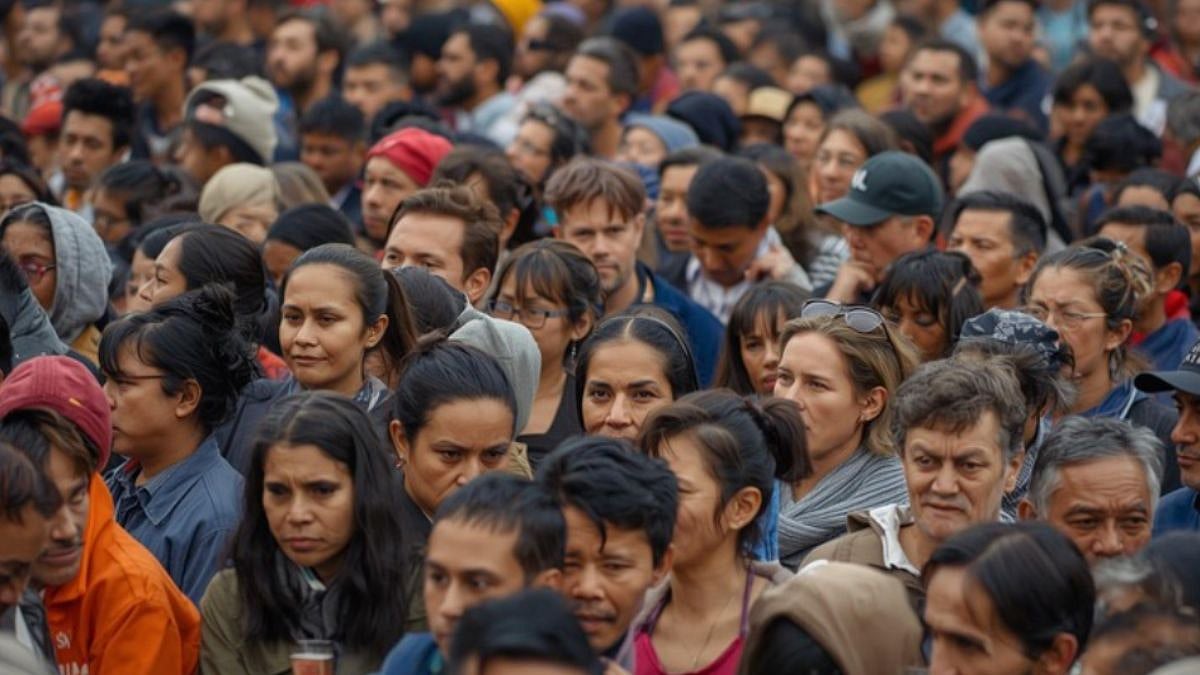Tata-owned Air India has launched a Voluntary Retirement Scheme (VRS) for its employees while at the same time finding the right persons to man important positions. This simultaneous act of hiring and firing is by no means an act of blowing hot and cold at the same time, but a refreshing and bold attempt to right-size the organization that needs in addition to fleets of aircrafts, fleetfooted responses to survive and prosper.

According to the VRS memo, permanent employees above 55 years of age or those who have completed 20 years of service can opt for the VRS package. Cabin crew, clerical and unskilled workforce aged 40 can also apply.
While the VRS scheme can be availed between June 1 and July 31, 2022, employees opting for VRS within June 22 i.e., early birds will receive an additional incentive over the ex-gratia amount.
Air India's wage bill
Air India has 12,085 employees — 8,084 permanent and 4,001 contractual. In addition, its low-cost arm, Air India Express has 1,434. The VRS scheme hopes to prune the staff numbers by around 3,000 that is perceived to be deadwood needing to be chopped off.
The Tata Group took control of Air India on January 27 of 2022 after successfully winning the bid for the airline on October 8 last year. As per the disinvestment conditions, it cannot layoff Air India employees for a period of one year from the date of transaction close, and can offer VRS in the second year. It is the first time the Air-India management has walked the talk.
In 2009, when the airline tried to cut its staff wage bill, it had to face a week-long strike from its pilots, ground staff and other workers. The government caved in.
In 2011 GOM led by Pranab Mukherjee decided that its huge annual wage bill of Rs 3600 crore needed to be pruned. Accordingly, in July 2012, it was declared that all permanent staff who had till then served for 15 years or had attained 40 years of age were to be given the VRS option. However, it was shelved by the government in January 2014, citing high attrition rate and its disinclination to provide committed funds to Air India.
The sale agreement apparently expected Tatas to do the disagreeable job of playing the hatchet man. Apparently, the Tatas had not minded it considering the price of Rs 18,000 crore was too good to resist. Right-sizing, in other words, has been the legacy issue taken in its stride by the Tatas for proper resolution sooner than later. In fact its bloated employee per aircraft ratio was a topic for debate and butt of jokes in knowledgeable quarters right from it’s the pre-merger days when the government’s domestic carrier Indian Airlines had the ratio of 1: 276 when industry experts said 1: 150 was the ideal
Hiring experienced professionals
Tatas have not been obsessed with pruning in the manner of private equity firms wielding the axe. To its credit, it has embarked upon right-sizing as evident from its ongoing recruitment drive and is conducting walk-in interviews for cabin crew in Kolkata, Mumbai, Bengaluru, and Hyderabad. It is also poaching hired mid- and senior-level executives from rivals for specialized departments such as engineering, network planning and revenue management.
Arun Kashyap, who used to lead the engineering department at low-cost carrier SpiceJet, has joined as head of engineering. The Tatas are also bringing in executives from sister companies as leaders in the department. Rajesh Dogra, a TCS veteran who headed the Passport Seva programme, is now head of customer experience and ground handling at Air India while Satya Ramaswamy, head of strategic initiatives at Tata Digital, is now the airline's chief digital and technology officer. Adil Noshir Tantra, head of Tata Consultancy Services for South Africa, is heading the project to revamp the Air India’s website and call center.
Hefty compensation offered to employees
The income-tax law in India makes taking of voluntary retirement attractive by exempting a hefty Rs 5 lakh compensation received on this score from tax upto the maximum. It is a goldilocks, win-win solution to the problem of bloated staff with both the sides benefitting. Employees availing of it can either head into the sunset or retirement contentedly by investing the compensation as well as the other retiral benefits like PF and gratuity prudently or seek other avenues. For the younger among them as well as those endowed with special skills, other employment or consultancy opportunities would spring up if one bides her time.
At the outset, nimble footedness was mentioned as the key to an airline’s success. Indeed, quick turnaround is the mantra of modern airlines so an aircraft can fly again ASAP after landing. In the US, red-eye flights, euphemism for domestic night-flying, has caught on so an airline can fly an aircraft to the hilt without it remaining idle more than technically necessary. Airlinesareat once a capital and labor-intensive industry with cabin crew and supporting staff essential for its operations.
Air India under Tatas can be expected to do more. It has rightly deduced that a young cabin crew alone can work at such a frenetic pace.
(S Murlidharan is a veteran columnist and tweets @smurlidharan)










